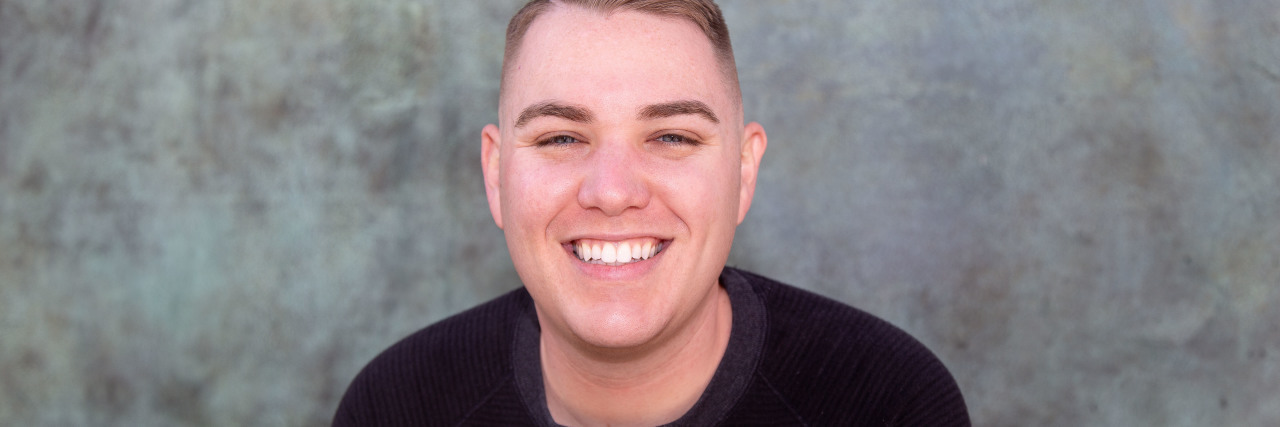Why Anxiety Is the Best Friend I Never Knew I Needed
Editor's Note
If you’ve experienced sexual abuse or assault, the following post could be potentially triggering. You can contact The National Sexual Assault Telephone Hotline at 1-800-656-4673.
I have always been an anxious person. As a child, I incessantly touched light switches to ensure they were off. I spent hours worrying about the hangers in my bedroom closet being the same distance apart. I only walked on certain tiles in our kitchen to calm my mind.
As a teenager and young adult, my anxiety manifested into an obsession with work. In high school, I clocked 40 hours per week as a Denny’s server to avoid difficulty making friends. In college, I juggled two to three part-time jobs on top of 18-unit semesters to avoid my excessive worrying. I later learned my anxiety and obsessive thoughts had names — I was diagnosed with generalized anxiety disorder (GAD) and obsessive-compulsive disorder (OCD).
I was sexually assaulted in graduate school. I developed post-traumatic stress disorder (PTSD) following the attack. Not all people who are sexually assaulted develop PTSD. Yet, the therapist I was seeing at the time shared my preexisting anxiety conditions were likely part of the reason I experienced hours-long panic attacks, flashbacks and dissociation following the attack.
The constant running from my anxiety and deep pain continued after graduate school. I thought perhaps my anxiety would leave me alone if I consumed myself in my career. It didn’t leave. Despite the excessive workload and years of therapy I had invested in up to that point, the uncontrollable sweating, racing thoughts and ruminating remained.
A few years ago, I finally started tackling my anxiety head-on. After several tries with mediocre therapists, I found someone who really understood me. I also found a space to confront my anxiety.
Last year, my therapist asked me why I was constantly running from anxiety. She asked why I had not yet become friends with my worry. I did not have an answer so I took her up on the challenge of befriending my anxiety.
Through a blend of cognitive-behavioral and narrative therapy, I learned how to speak to my anxiety. In fact, I gave “him” a name — Mr. Peanut. She also encouraged me to speak with Mr. Peanut. Talking to Mr. Peanut felt odd at first. What do you say to the thing that has caused you so much worry and pain, yet also helped you achieve so much success?
I leaned into the awkwardness and began having conversations with Mr. Peanut. I told him how I felt about him manifesting as panic attacks while on stage speaking and during client coaching calls. I shared how frustrated I was about the fact he never quieted down. I explained how I was exhausted by him constantly playing devil’s advocate and reminding me of the worst-case scenario.
I also listened to Mr. Peanut. He described how the repetitive thoughts and ruminations were not meant to exhaust me. He explained how he was simply trying to protect me. While his intentions were good, we came to the agreement he had overstayed his welcome.
I threw Mr. Peanut a retirement party last year. It was a difficult transition at first. He would pop up several times per day. This sometimes manifested as panic attacks. Other times it was heart palpitations and running thoughts.
Mr. Peanut is getting used to his retirement. I am too. His visits are less frequent and shorter. I have now come to recognize how much anxiety helped me succeed in work and life. I also recognize it served its purpose and I no longer need it to be successful. I am now friends with anxiety without it running my life.
Image via contributor

